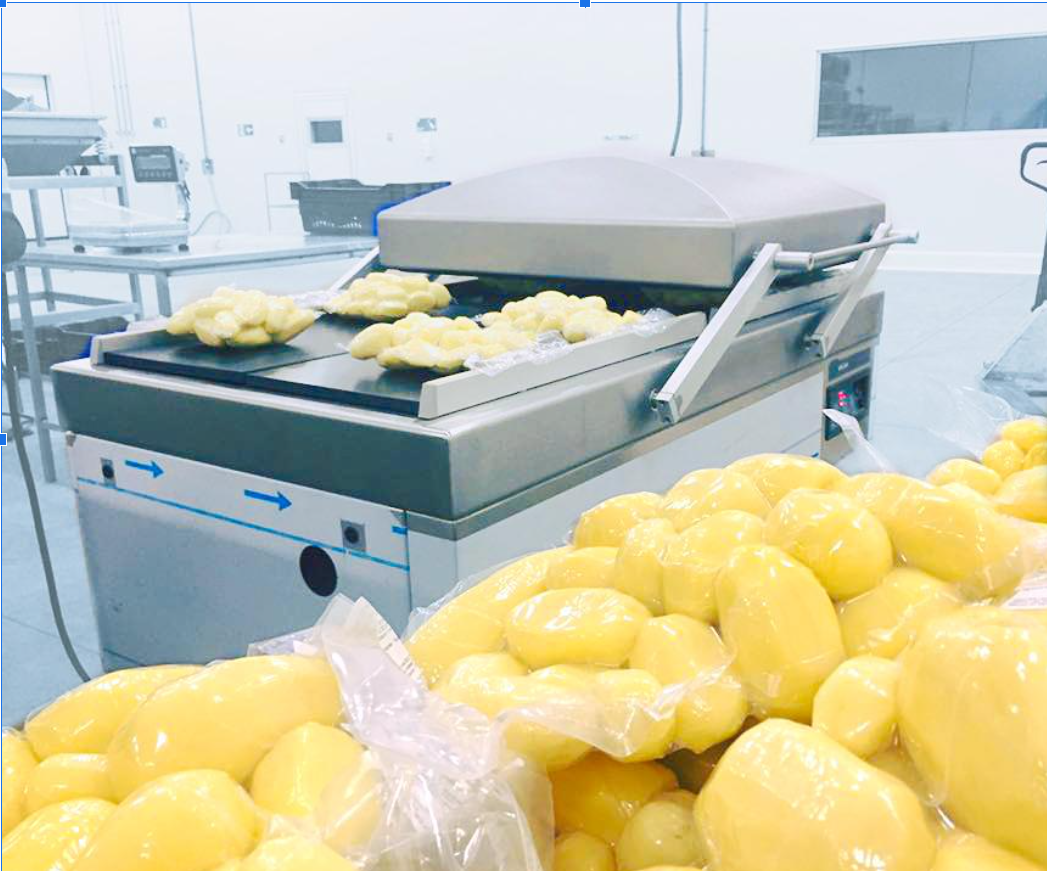The Ultimate Guide to Vacuum Sealing Meat: Why It's Worth It
With the ever-evolving trends in food preservation and storage, vacuum sealing has become a popular method among both home cooks and commercial food industries. It offers a plethora of benefits, from extending the shelf life of food to maintaining its nutritional value and taste. In this article, we delve into the world of vacuum sealing, and particularly focus on its advantages when used for meat processing.
What is Vacuum Sealing?
Vacuum sealing, often referred to as vacuum packaging, is a method of packaging that removes air from the package before sealing it. This method not only minimizes the oxygen levels in the packaging but also restricts the growth of bacteria or fungi, thereby extending the shelf life of the products. This method is widely used for various products, including meat, fish, vegetables, and even non-food items.
The Science Behind Vacuum Sealing
The process of vacuum sealing revolves around the principle of reducing the amount of oxygen inside a package. Oxygen, a key element in the air we breathe, is also a primary cause of food spoilage. When food is exposed to oxygen, it accelerates the growth of bacteria, mold, and yeast, leading to food degradation and spoilage. By removing oxygen from the packaging, vacuum sealing significantly slows down these processes, thereby preserving the freshness, flavor, and
nutritional value of the food.
Vacuum Sealing and Meat Processing
When it comes to meat processing, vacuum sealing offers numerous advantages. It not only extends the shelf life of meat products but also preserves their flavor, texture, and nutritional value. Whether it's poultry, beef, pork, or fish, vacuum sealing ensures that the meat retains its quality and freshness, even when stored for an extended period.
Long-term Preservation of Meat
One of the significant advantages of vacuum sealing meat is the extended shelf life it provides. Meat products, whether it's raw or cooked, are highly perishable. However, vacuum sealing can dramatically increase the shelf life of meat. When properly vacuum sealed and stored in a refrigerator or freezer, meat can last up to 2-3 weeks in the fridge and up to 12 months in the freezer, significantly longer than when stored in traditional plastic bags or containers.
Prevention of Freezer Burn
Another notable benefit of vacuum sealing meat is the prevention of freezer burn. Freezer burn occurs when the surface of frozen food dehydrates and oxidizes, leading to discoloration and a change in flavor and texture. By creating an airtight barrier around the meat, vacuum sealing prevents exposure to air, thus significantly reducing the risk of freezer burn.
Retention of Flavor and Nutrients
Vacuum sealing also helps in preserving the flavor and nutrients of meat. When meat is exposed to air, it can lead to oxidation, which can alter the flavor and nutritional value of the meat. However, by removing air from the packaging, vacuum sealing ensures that the meat retains its natural flavor and nutrients, offering a fresh-from-the-butcher taste even after weeks of storage.
Marinating Made Easy
Vacuum sealing can also be a game-changer for marinating meat. The vacuum sealing process opens up the pores of the meat, allowing the marinade to penetrate deeply and quickly. This means you can achieve a rich, flavorful marinated meat in a fraction of the usual time.
Vacuum Sealing Machines
There is a wide range of vacuum sealing machines available in the market, suitable for both home use and commercial purposes. For home cooks and small-scale meat processors, a basic countertop vacuum sealer would suffice. These machines are compact, easy-to-use, and relatively affordable.
For commercial meat processors, especially those dealing with large volumes of meat, industrial-grade vacuum sealing machines would be a better choice. These machines, such as the Henkelman vacuum sealers, are designed to handle heavy-duty vacuum sealing tasks with ease and efficiency.
Henkelman Vacuum Sealers
Among the various brands of vacuum sealers available in the market, Henkelman stands out for its advanced technology, reliability, and performance. Henkelman offers a wide range of vacuum sealers, from countertop models to large, floor-standing machines. Their vacuum sealers come with features such as stainless steel construction, easy-to-clean design, fast vacuum speed, and digital controls. Some models even offer optional features like gas-flushing, which allows for the injection of an inert gas like nitrogen into the packaging before sealing. This adds an extra layer of protection for the meat, further enhancing its shelf life.
Is Vacuum Sealing Worth the Investment?
Given the many advantages of vacuum sealing, one might wonder if it's worth the initial investment. The answer largely depends on your meat consumption and storage habits. If you frequently buy meat in bulk, or if you hunt or fish and need to store large quantities of meat, a vacuum sealer can be a worthwhile investment.
While the initial cost of a vacuum sealer and the ongoing expense for vacuum bags might seem high, the savings from reduced food waste and extended shelf life can quickly offset these costs. Not to mention the enhanced taste and quality of vacuum-sealed meat, which can elevate your meals to a whole new level.
The Future of Meat Processing
With the continuous advancements in food technology, vacuum sealing is likely to play an increasingly significant role in meat processing. As consumers become more aware of the importance of food quality and safety, vacuum sealing offers a reliable and efficient solution for preserving meat without the need for artificial preservatives or additives.
In conclusion, vacuum sealing is a valuable tool in meat processing. It not only enhances the shelf life and quality of meat but also offers convenience and cost savings. So whether you're a home cook looking to improve the freshness of your meat or a commercial meat processor aiming to boost productivity and profitability, vacuum sealing is definitely worth considering.




